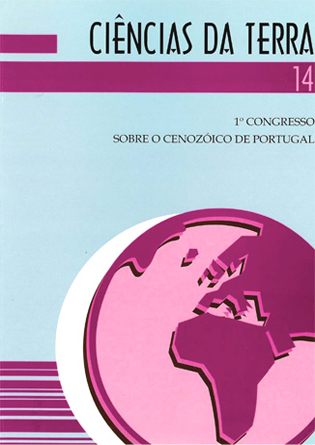A sedimentação e a gliptogénese no registo cenozóico continental do Minho (NW Portugal)
Abstract
Key words: Pliocene; Quatemary; NW Portugal (Minho); exorheic network; fluvial. This study identifies and describes the major Cenozoic glyptogenesis and sedimentation episodes in lhe Minho region (NW Portugal). The fluvial processes of exorheic network were mainly the builders of Cenozoic landscape. This paper presents a chronological sequence of the major fluvial events based on geomorphology and sedimentary characteristics obtained in former studies and new ones. The oldest Cenozoic sedimentation (Placencian) remains on local depressions, and was generated by fluvial and fluvialacustrine processes. Quatemary glyptogenesis begins probably with a major European cooling (Gunz?). So, the Placencian infilling was eroded and a new episode of sedimentation was accumulated in the same early paleovalley. There were three more cycles or qualemary glyptogenesis and sedimentation. The last glyptogenesis episode records lhe last glacial period. The post-glacial alluvion contains clasts of granites, schists, feldspars, and other alterable lithologies and minerals; on clay dimensions there are abundant illite and interstratified minerals. This composition differs from lhe older ones, more siliciclastic and kaolinitic. Other minor erosion episodes were identified, controlled mainly by eustasy; evidences of tectonic movements were observed only in rio Minho valley.Downloads
Issue
Section
Articles






